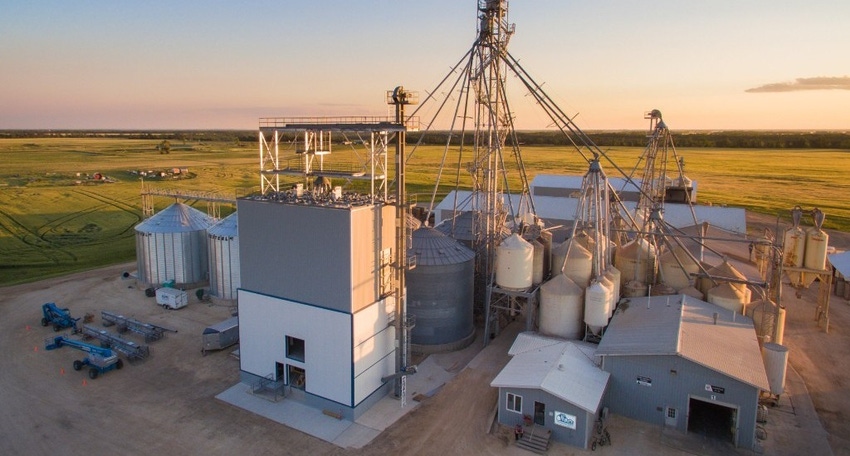Feed particle size can influence bird performance
A 10% reduction in feed fines potentially worth 3 cents per bird.

Optimum particle size is critical when it comes to obtaining maximize livestock and poultry performance.
During a Nov. 4 Feedstuffs webinar titled “Optimizing Feed Production -- Part 2: Pelleting for Maximum Performance,” Dr. Wilmer Pacheco, extension specialist and assistant professor at Auburn University, discussed the effect of corn particle size and feed form on broiler performance, and Dr. Sarah Goodgame, poultry nutritionist with Provimi-Cargill Animal Nutrition, spoke on the topic of live production implications of pellet quality and poultry performance. The webinar was sponsored by Kemin.
Pacheco’s presentation focused on the optimum particle size in broiler diets and the influence of particle size by bird age and feed form. He also addressed the micro structure of the pellet to increase reverse peristalsis and nutrient digestibility.
Goodgame talked specifically about how pelleting feed improves nutrient delivery and reduces feed sorting and wastage and presented practical ways to increase feed intake, improve feed efficiency and increase production performance.
As Pacheco explained, today’s birds grow at a steadier pace and reach market weight in a shorter amount of time. At the same time, any slowdowns in the growth curve can negatively affect final weight and efficiency.
In the case of feed, Pacheco said, each step of the manufacturing process can have a positive or negative impact on poultry performance.
Variation on target particle size from feed mills, even from the same poultry integrator, are common, Pacheco said. In the U.S., the variation is 4.0-4.4 mm. In Latin American and other regions, pellets are 2 mm for pre-starter/starter, 3 mm for grower and 4 mm for finisher. Pellet size can very much influence the performance of the pellet in bird diets.
One of the main reasons for fine grinding ingredients is to improve pellet quality, but it is important to remember the macro and micro structure of the pellet. The macro structure is going to be important for feed intake, but the micro structure influential on gut intestinal development, Pacheco said.
Coarse particles are important for gizzard development, including both the improvement of gut motility and increased retention time. In addition, coarse particles lower the pH of the gizzard by inactivating pathogenic bacteria and improving the solubility and absorption of minerals.
Goodgame agreed that there is a correlation between gizzard weight and nutrient utilization in birds. “A fine mash is often used to produce a good pellet. However, for the bird, a good pellet should also contain larger particles,” she said, noting that a 10% reduction in feed fines is potentially worth 3 cents per bird.
Recognizing that corn particle size influences grinding costs, grinding capacity and broiler performance, Pacheco said the poultry industry has the opportunity to increase the particle size of ground ingredients. That being so, he suggested that it be done slowly and that pelleting parameters and bird performance be monitored.
Pacheco said it is important to analyze particle size at least weekly as well as after any preventive and/or corrective maintenance, such as changing screens, hammers or rotations, and when the characteristics of corn change, such was when the mill is receiving new-crop corn.
Improvement in pellet quality results in clear savings in feed cost per kilogram of bodyweight and breast meat produced. Likewise, it has been observed that birds tend to eat less and rest more as pellet quality improves, suggesting that more energy is being used for growth rather than activity, Goodgame said.
About the Author(s)
You May Also Like



